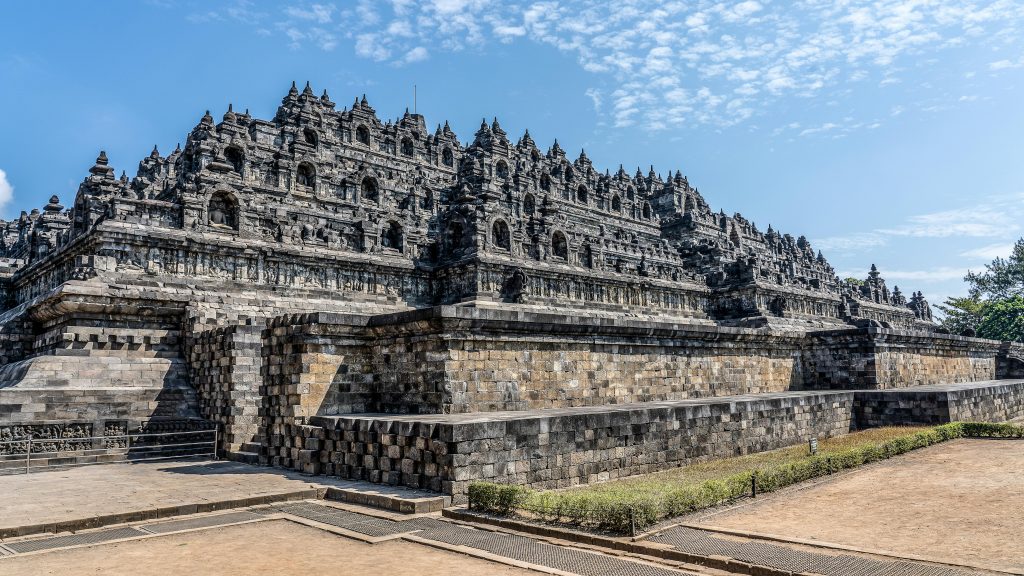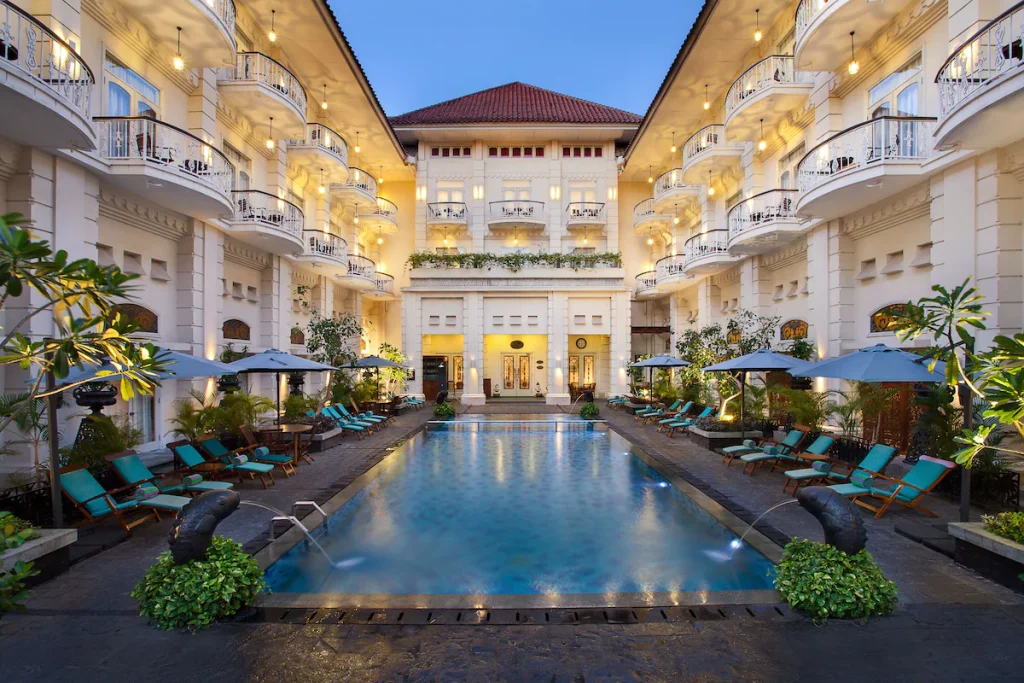The Taste of Tradition: Exploring the Soul of Bavarian Beer Culture
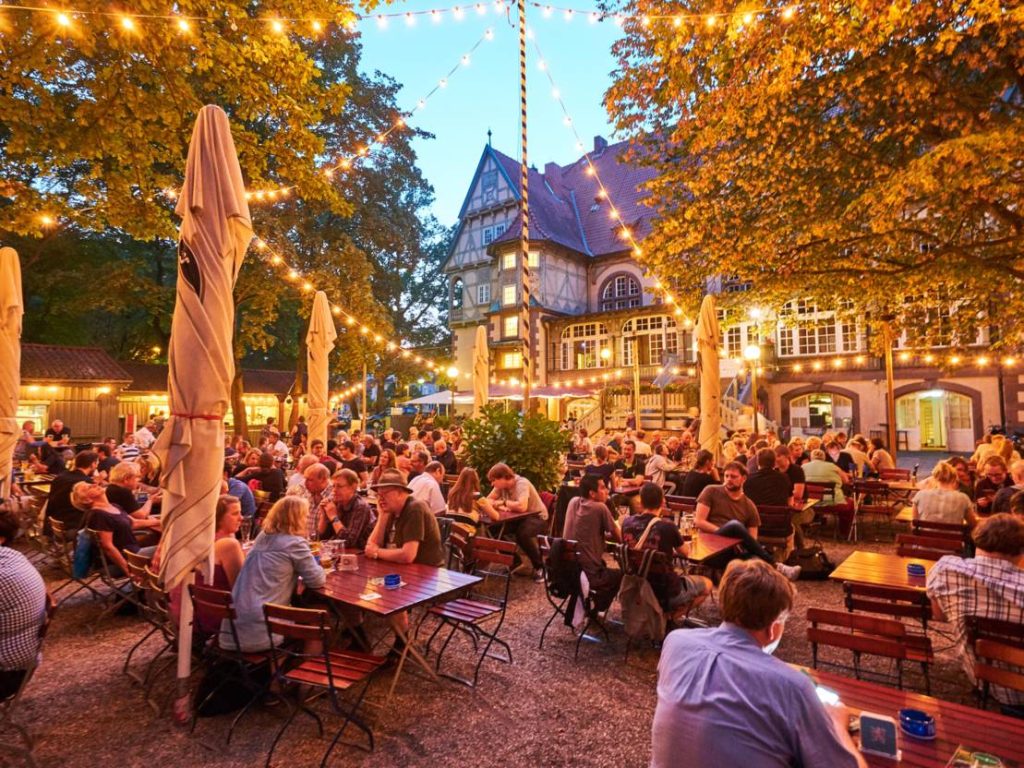
Planning a Bavarian adventure or simply curious about authentic German beer culture? This guide dives deep into the heart of Bavaria’s renowned brewing heritage. Discover the centuries-old traditions, strict purity laws, diverse beer styles, and vibrant social hubs; from bustling beer gardens to lively festivals that make Bavarian beer an experience, not just a drink. Get ready to explore the true soul of a culture built around the perfect brew.
The Purity Law That Shaped Bavarian Beer’s Fate
In the 1500s, Europe was a land of striking contrasts, grand castles rising above towns that still reeked of open cesspools. For the common folk of Bavaria, daily life meant relentless labor shadowed by constant danger. With no modern sewage systems, waste was tossed into rivers and wells, leaving water supplies often tainted. A sweltering day in the fields could turn deadly if thirst drove one to a contaminated well. In this fragile world, one drink offered both safety and sustenance: beer. More than a mere indulgence, it was a staple food or flüssiges Brot, or “liquid bread”, providing clean hydration and vital nourishment when water itself could not be trusted.
Yet, even this life-giving brew was falling victim to greed. As beer’s popularity soared, so too did the temptation for unscrupulous brewers. Tales spread through the towns of brewers adding all sorts of foul and dangerous concoctions to their beer to cut costs and increase potency. From toxic henbane to give a cheap buzz, to chalk and sawdust used to thicken a watery brew, the beer market was a wild west of deceit and danger.
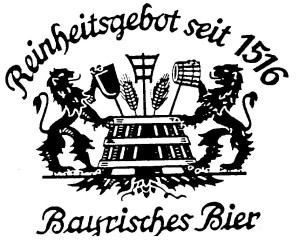
It was into this volatile mix that Duke Wilhelm IV of Bavaria stepped, a leader who understood that a stable kingdom was built on the well-being of its people. His solution was a stroke of genius, both pragmatic and profound. In April 1516, he issued the Reinheitsgebot, the Bavarian Purity Law. This wasn’t a mere suggestion; it was a decree that forever changed the course of brewing history. It stated, simply and boldly, that beer could only be made from water, barley, and hops. This law not only protected the health of his subjects but also ensured that more valuable grains like wheat and rye were reserved for making bread. The Reinheitsgebot was born not of a romantic notion of brewing but of a very real, very human need for safety and order.
From Cellars to Chestnut Trees: The Birth of the Biergarten
For centuries, the Reinheitsgebot was a quiet, regional secret, the foundation of a Bavarian beer culture that was unique and deeply personal. It was a culture lived in the open air of the Biergarten or Beer Garden, a tradition born from necessity. In the 19th century, brewers needed cool places to store their lagers. They dug deep cellars, often near riverbanks, and planted chestnut trees on top for shade. These naturally cool spaces soon became popular spots for locals to enjoy a freshly tapped beer, and the first communal beer gardens were born. They became a symbol of Gemütlichkeit, a uniquely German word that translates to a feeling of coziness, good cheer, and a sense of belonging. The long, communal tables were a social equalizer, a duke could sit beside a day laborer, both raising a stein in a shared moment of simple pleasure.
This spirit is perfectly captured in a local saying you’ll often hear: “An Guadn und Prost!” It’s a simple toast that means “Eat well and cheers!” but it encapsulates the very essence of the culture: it’s not just about the beer, it’s about the good food, the shared table, and the camaraderie that comes with it.
Munich: The Heart of the Beer World
While the Reinheitsgebot began in Ingolstadt, it was in Munich that it found its true home and thrived. The city became the brewing capital of Bavaria, with breweries that grew into industrial giants, each with a history stretching back hundreds of years. These are the legendary Munich brewers, the “Big Six”, whose names are synonymous with German beer worldwide: Paulaner, Augustiner, Hofbräuhaus, Spaten, Hacker-Pschorr, and Löwenbräu.
The relationship between Munich and its beer culminates in the world’s most famous festival, Oktoberfest. What began in 1810 as a horse race to celebrate a royal wedding has evolved into a global phenomenon, a majestic tribute to Bavarian heritage. For over two weeks, millions of visitors descend upon Munich to drink in enormous, ornate beer tents, each operated by one of the Big Six. These aren’t just tents; they are temporary cathedrals of beer, where the Reinheitsgebot-brewed “Wiesn” (Oktoberfest) beer flows freely, and a single Maß (a one-liter stein) connects you to centuries of tradition.
A Modern Renaissance: The New German Craft Scene
For a long time, the Reinheitsgebot was seen by some as a golden cage, preserving purity but stifling innovation. Critics argued that German brewers were missing out on the global craft beer revolution, with its wild experiments and bold flavors. But in recent years, a quiet revolution has taken place. A new generation of German brewers, particularly in Munich, is proving that creativity isn’t about breaking the rules, it’s about mastering them.
They are the new wave of the German craft beer scene. Brewers like Giesinger Bräu and Crew Republic Brewery are creating exceptional IPAs, stouts, and experimental lagers, all while adhering to the very same 1516 law. They’ve shown that the Reinheitsgebot is a challenge, not a constraint, a test of skill that forces a brewer to extract incredible depth and complexity from just four simple ingredients. This new energy is breathing life into an old tradition, attracting a younger audience and proving that the Bavarian beer story is still being written.
How to Drink and Travel Like a Local
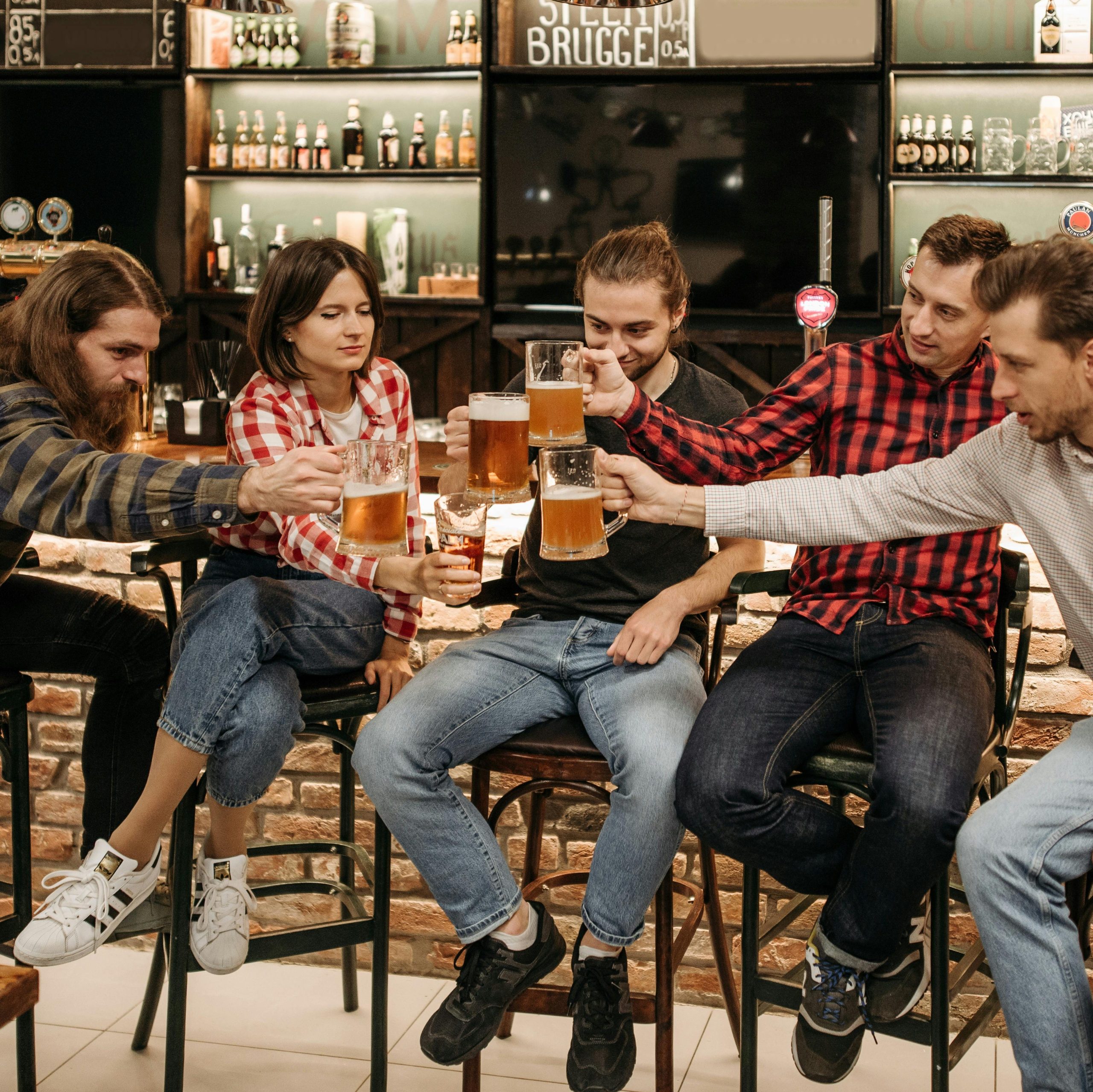
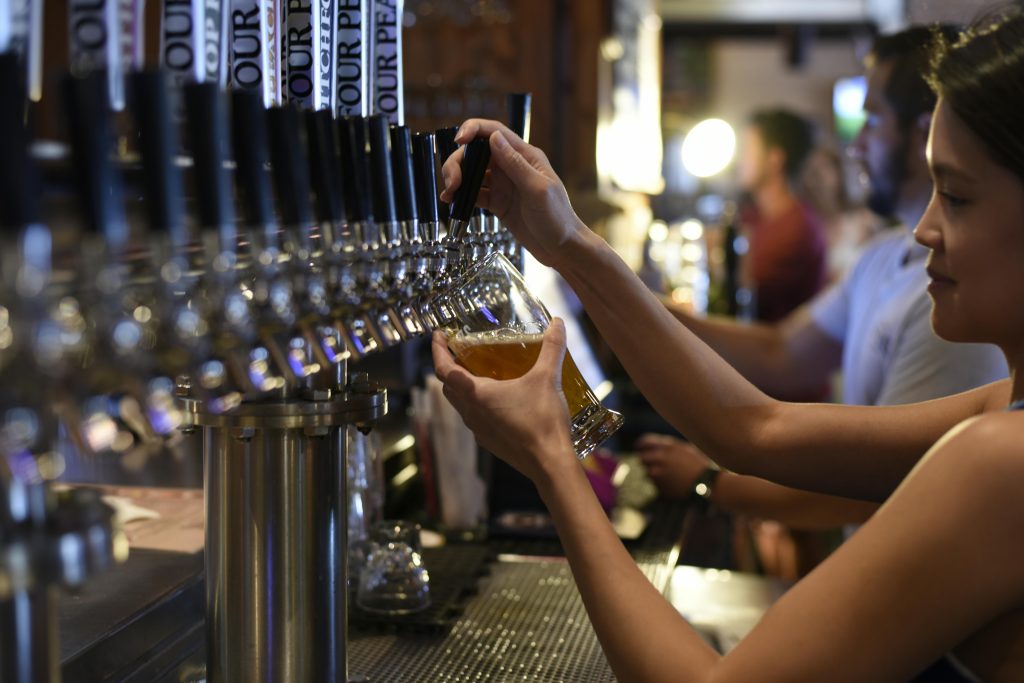
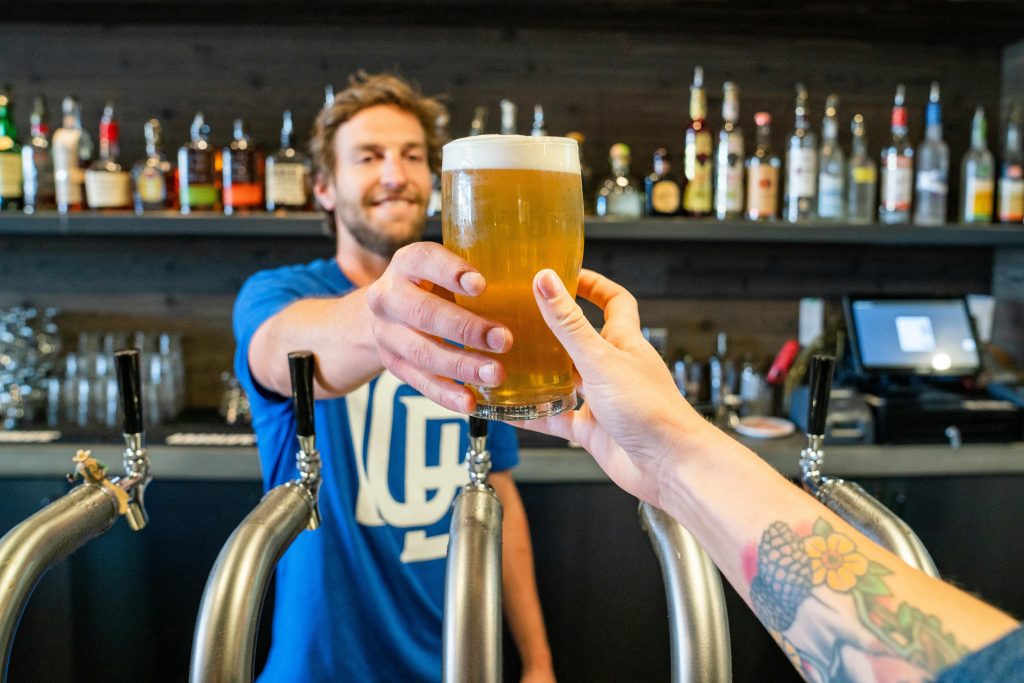
To truly experience this rich tradition, you have to go beyond the big-name venues. Here’s a guide to sampling Bavarian beer like a true Münchner:
- Find a Neighborhood Bräustüberl: Seek out a smaller, more intimate pub run by a local brewery. Places like Ayinger Bräustüberl (just outside the city) or the taprooms of Giesinger Bräu offer a more authentic, less touristy experience.
- Master the Art of the Biergarten: Head to a local beer garden in a park, order a Helles (the pale lager of choice in Munich) and a pretzel, and find a spot at a communal table. Strike up a conversation with the person next to you. This is where the true spirit of Gemütlichkeit is found.
- Explore the New Generation: Check out a beer bar or specialty bottle shop that carries the new craft breweries. Ask the bartender for their recommendations. The passionate staff love to share the stories behind these modern interpretations of ancient traditions.
- Learn the Lingo: Don’t just order “a beer.” Ask for a specific style: a Weißbier (wheat beer), a Dunkel (dark lager), or a Märzen (the style traditionally served at Oktoberfest). A simple “Ein Maß, bitte!” (“One liter, please!”) will also get you far.
From a pragmatic law created to save lives to a global cultural phenomenon, the story of Bavarian beer is a testament to the power of tradition. It’s a story told not just in history books, but in every clinking stein and every shared table, a promise of purity that has endured for over 500 years.
For an easy way to dive into Munich’s nightlife, consider joining this guided pub crawl with GetYourGuide, perfect for discovering hidden bars, meeting fellow travelers, and tasting Bavarian beer culture beyond the classics.
Affiliate disclaimer: Some of the links on this website are affiliate links. This means that if you click on them and make a purchase, we may earn a small commission—at no extra cost to you. These commissions help support the work we do in creating thoughtful travel stories and guides. We only recommend products, services, and experiences that we believe bring genuine value to travelers.

